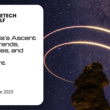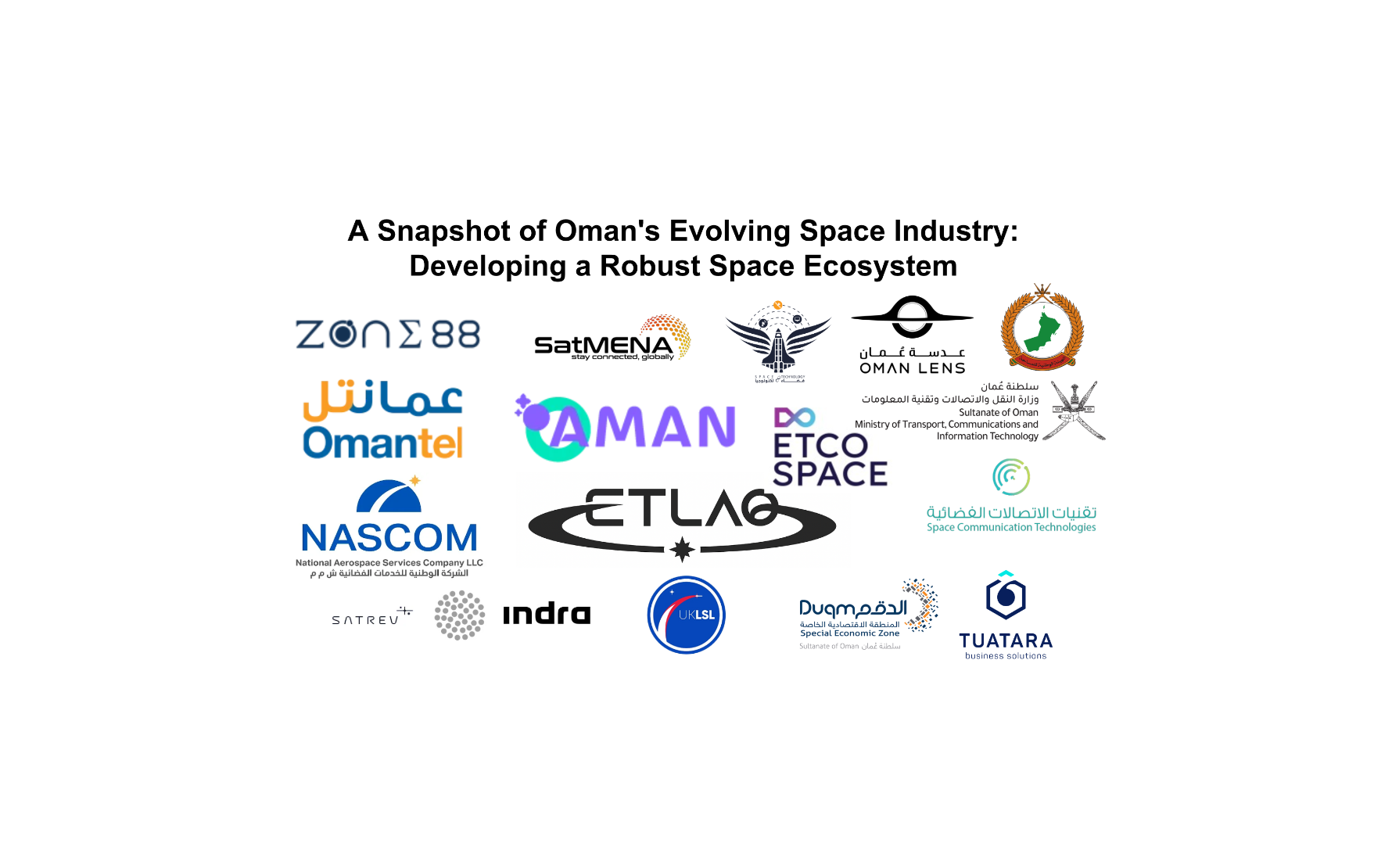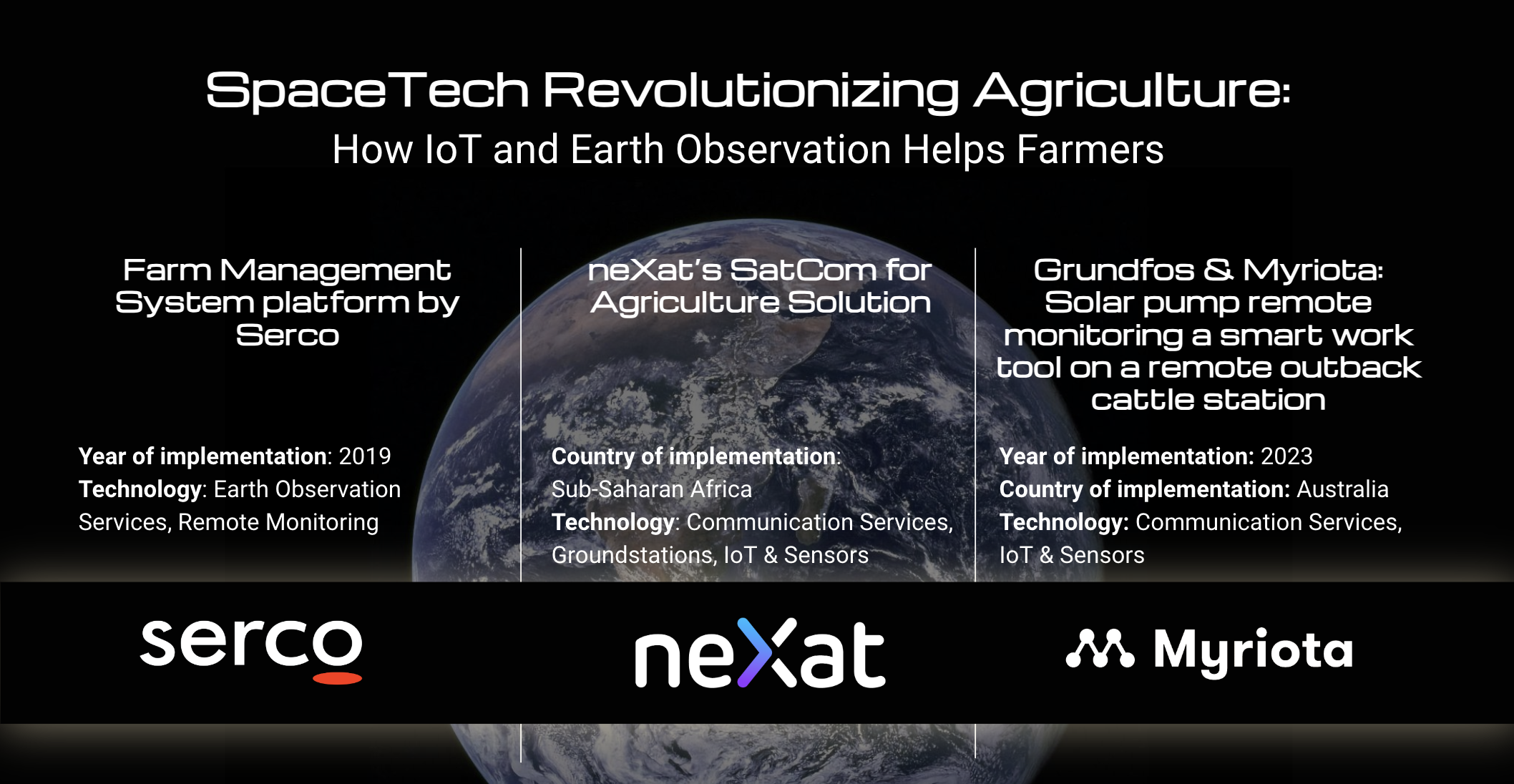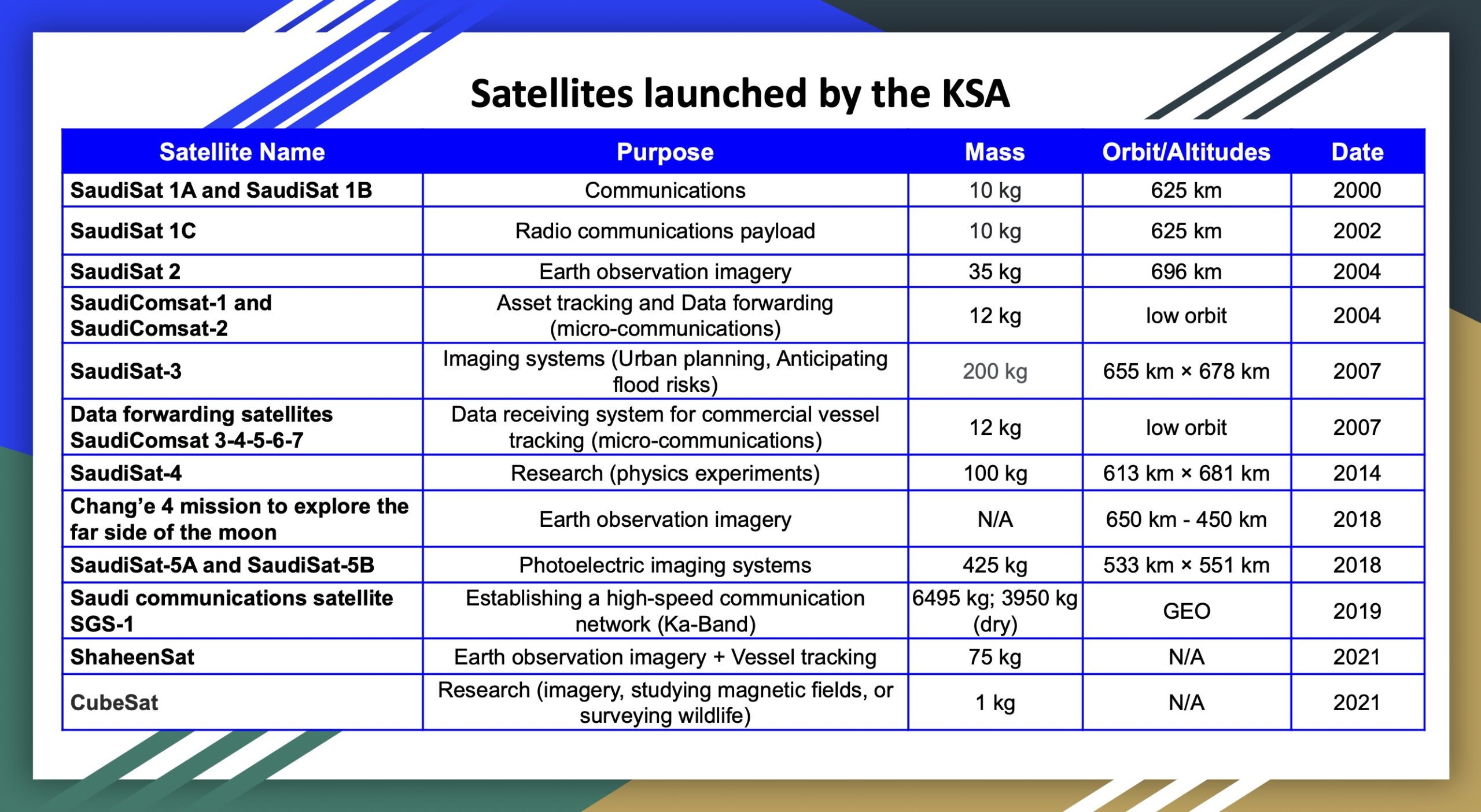In the vast expanse of space, our technological achievements and explorations have left a persistent issue: space debris. The ever-growing cloud of discarded satellites, spent rocket stages, and fragments from collisions poses a significant threat to active satellites and spacecraft in orbit. Understanding the impacts of space junk on our crucial space assets is essential for the future of space exploration.
Iridium 33 and Cosmos 2251 Collision (2009)

One of the most infamous incidents highlighting the dangers of space debris occurred on February 10, 2009, when the defunct Russian satellite Cosmos 2251 collided with the operational Iridium 33 communication satellite. The collision, which happened approximately 790 kilometers above Siberia, destroyed both satellites and the creation of thousands of additional fragments.
This incident underscored the reality of the Kessler Syndrome, demonstrating that a single collision could exponentially increase the risk of further collisions in the affected orbital region. Following this event, satellite operators and space agencies intensified their efforts to track and mitigate space debris, emphasizing the need for improved debris management practices.
Tiangong-1 Space Lab Reentry (2018)

The reentry of China’s Tiangong-1 space lab in April 2018 brought attention to the unpredictability of large space objects returning to Earth. While the majority of the space lab burned up upon reentry, some debris fell into the South Pacific Ocean. This event highlighted the need for careful planning and coordination in managing the deorbiting of large objects to ensure controlled reentry, minimizing the risk of debris reaching populated areas.
Iridium-Cosmos Near Miss (2019)

In 2019, the Iridium communication satellites faced another potential threat when a defunct Russian satellite, Cosmos 2542, came perilously close to them. This event raised concerns about the accuracy of collision prediction models and reinforced the necessity for enhanced space traffic management protocols to avert potential disasters.
Sentinel-1A Micro-Meteoroid Impact (2016)

The European Space Agency’s Sentinel-1A satellite, designed for Earth observation, experienced a micro-meteoroid impact in 2016. While the satellite continued its mission, the incident highlighted the vulnerability of space assets to smaller, harder-to-detect debris. It emphasized the need for improved shielding and continued vigilance in monitoring even minor collisions to ensure the longevity of critical Earth observation missions.
Intelsat 29e Satellite Anomaly (2019)
In April 2019, the communications satellite, positioned in geostationary orbit, experienced an unexpected anomaly leading to a partial loss of communication. While the cause was not definitively attributed to space debris, the incident raised concerns about the potential vulnerability of satellites to unidentified objects in orbit. This case underscores the importance of ongoing research to understand and mitigate unforeseen risks to operational satellites.

Ensuring the Future of Space Exploration
The case studies highlight the urgent need for a comprehensive approach to space debris mitigation. As we venture further into space, collaboration among nations, advanced tracking technologies, and responsible satellite design practices become paramount. By learning from past incidents, investing in innovative debris removal technologies, and implementing stringent space traffic management, we can navigate the challenges posed by space junk and ensure a sustainable and secure future for space exploration. The responsibility falls on the collective efforts of the global space community to clean up our orbital environment and preserve the vastness of space for generations to come.

Abdullah AlGharrash, Co-Founder of SpaceTech in Gulf
About the author: Passionate Saudi Aerospace Engineer with years of experience in the space and jet engines industry, mentor at SGAC, researcher, and author in the space domain.
Email: AlGharrash@spacetech-gulf.com








